RESONANCES AS EIGENVALUES IN THE GEL’FAND TRIPLET
advertisement
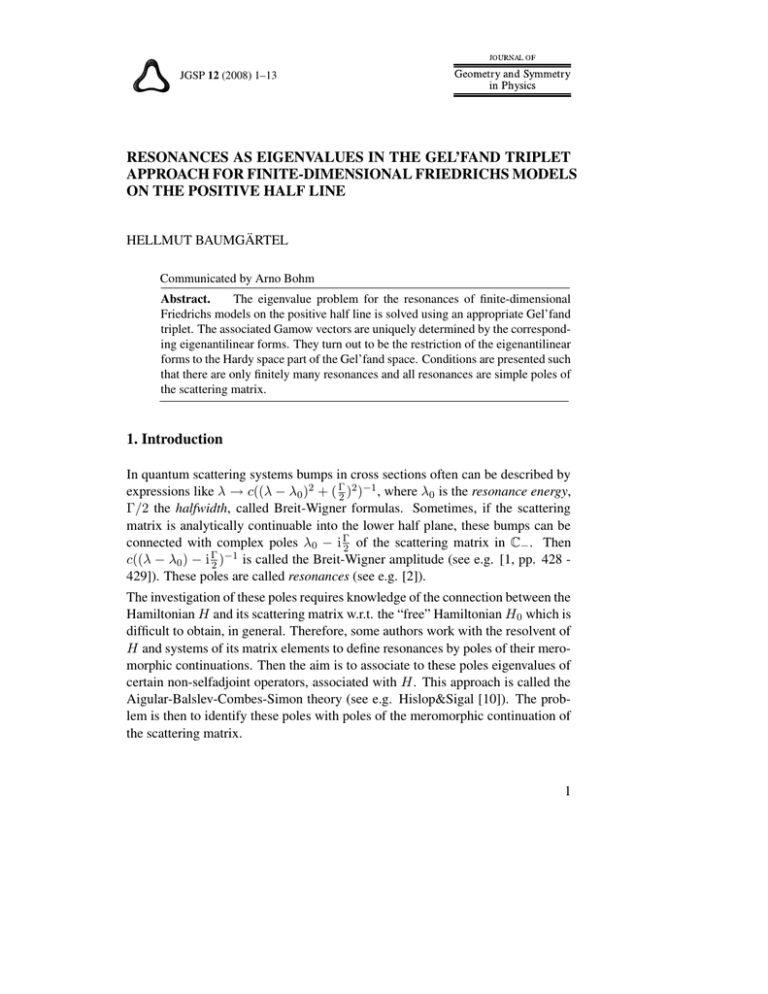
JGSP 12 (2008) 1–13 RESONANCES AS EIGENVALUES IN THE GEL’FAND TRIPLET APPROACH FOR FINITE-DIMENSIONAL FRIEDRICHS MODELS ON THE POSITIVE HALF LINE HELLMUT BAUMGÄRTEL Communicated by Arno Bohm Abstract. The eigenvalue problem for the resonances of finite-dimensional Friedrichs models on the positive half line is solved using an appropriate Gel’fand triplet. The associated Gamow vectors are uniquely determined by the corresponding eigenantilinear forms. They turn out to be the restriction of the eigenantilinear forms to the Hardy space part of the Gel’fand space. Conditions are presented such that there are only finitely many resonances and all resonances are simple poles of the scattering matrix. 1. Introduction In quantum scattering systems bumps in cross sections often can be described by expressions like λ → c((λ − λ0 )2 + ( Γ2 )2 )−1 , where λ0 is the resonance energy, Γ/2 the halfwidth, called Breit-Wigner formulas. Sometimes, if the scattering matrix is analytically continuable into the lower half plane, these bumps can be connected with complex poles λ0 − i Γ2 of the scattering matrix in C− . Then c((λ − λ0 ) − i Γ2 )−1 is called the Breit-Wigner amplitude (see e.g. [1, pp. 428 429]). These poles are called resonances (see e.g. [2]). The investigation of these poles requires knowledge of the connection between the Hamiltonian H and its scattering matrix w.r.t. the “free” Hamiltonian H 0 which is difficult to obtain, in general. Therefore, some authors work with the resolvent of H and systems of its matrix elements to define resonances by poles of their meromorphic continuations. Then the aim is to associate to these poles eigenvalues of certain non-selfadjoint operators, associated with H. This approach is called the Aigular-Balslev-Combes-Simon theory (see e.g. Hislop&Sigal [10]). The problem is then to identify these poles with poles of the meromorphic continuation of the scattering matrix. 1
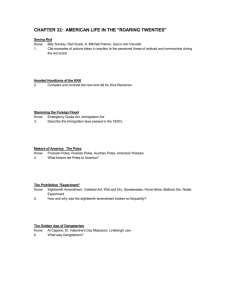
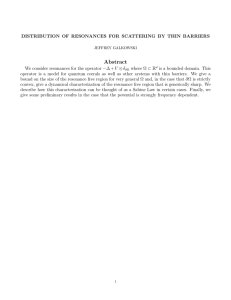
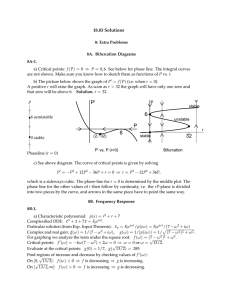



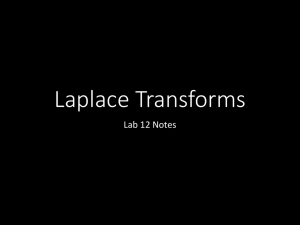
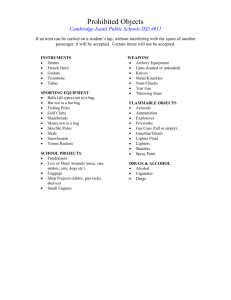
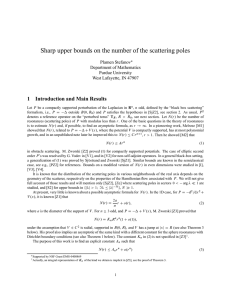
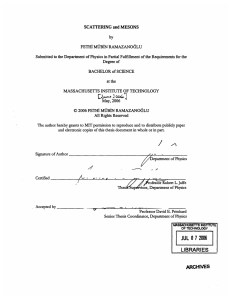
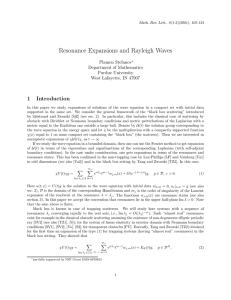
![Analyzing Feshbach resonances: A [superscript 6]Li- [superscript 133]Cs case study Please share](http://s2.studylib.net/store/data/011958798_1-56150138158a401631d5607116833f1b-300x300.png)